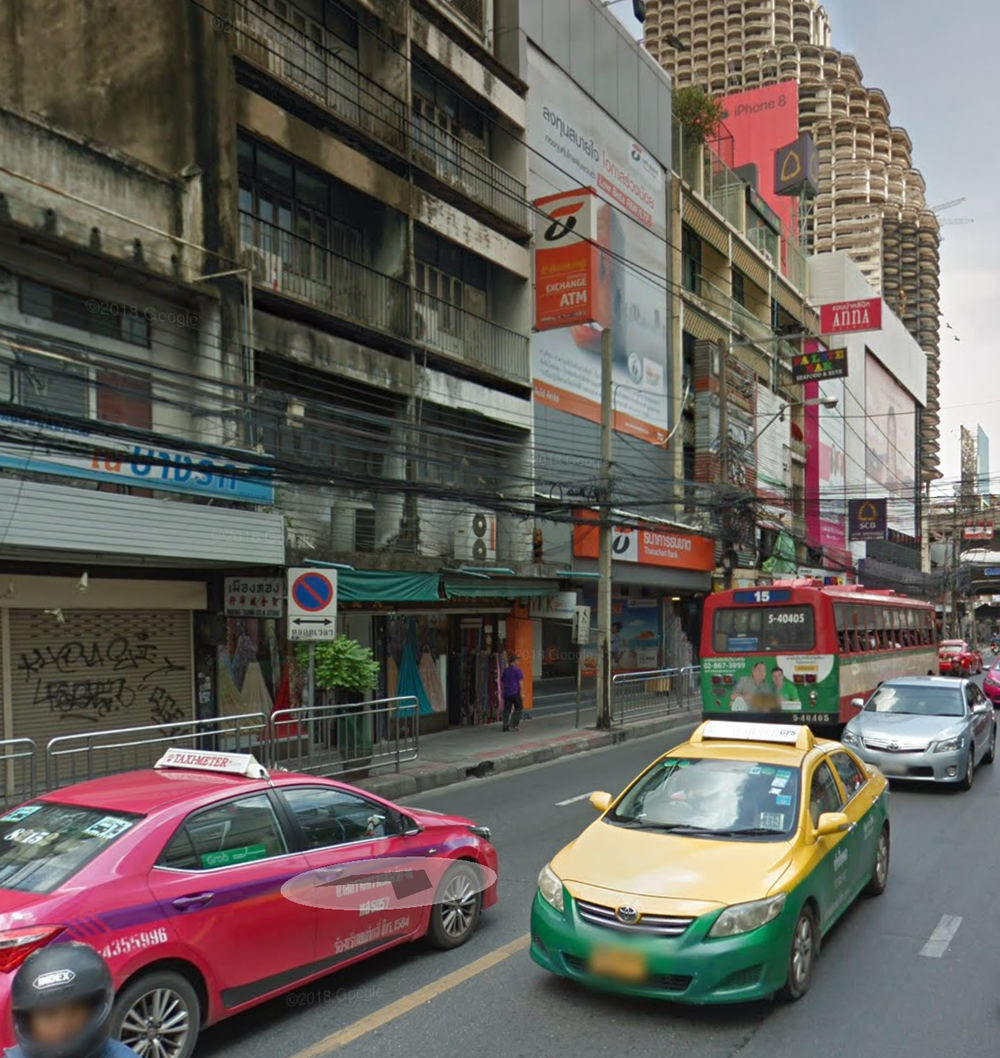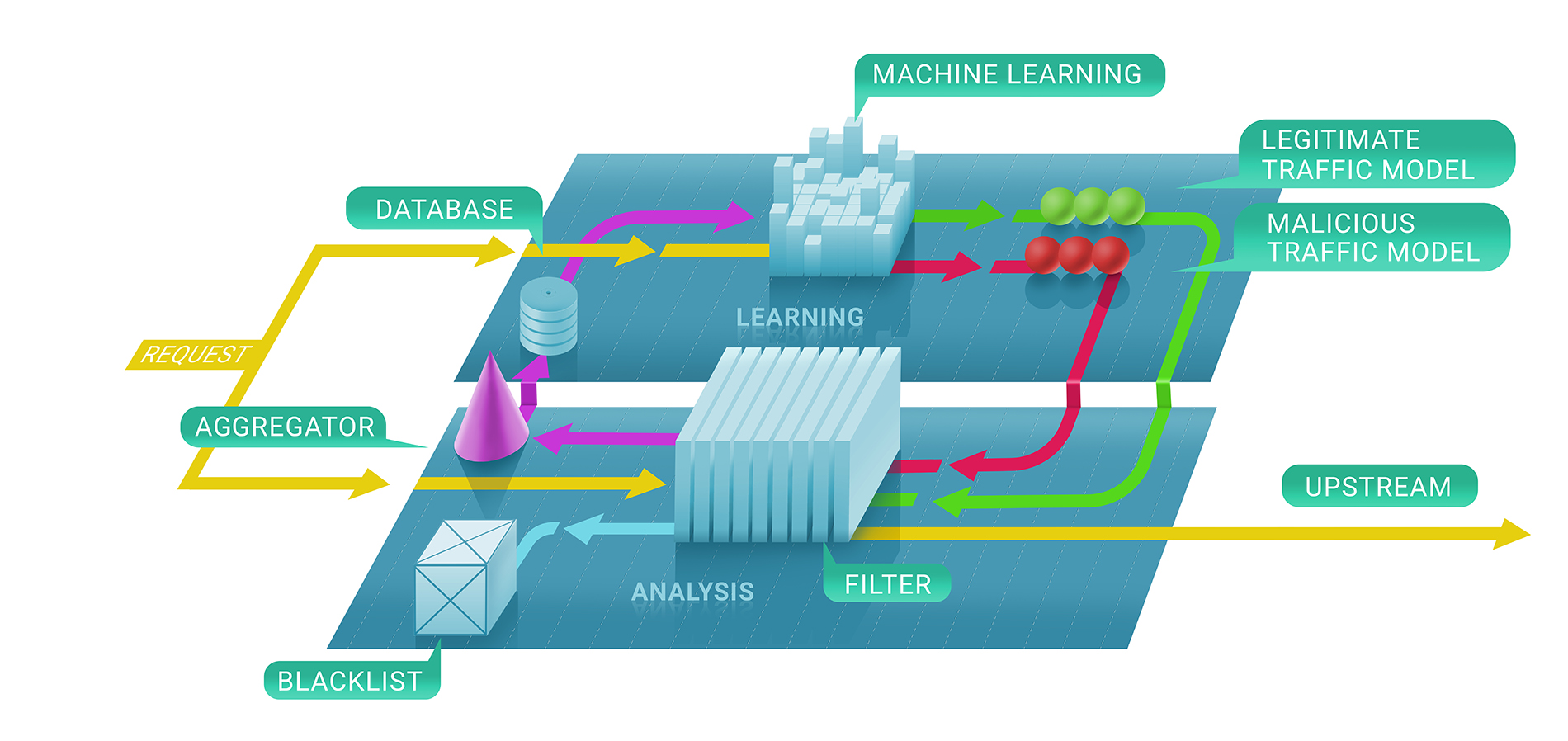This post represents a regular Cybersecurity Newsletter issue, available at the dedicated subscribe page.
This time, we are between August 5 and 11 with the best articles, blog posts, and preprints.
This post represents a regular Cybersecurity Newsletter issue, available at the dedicated subscribe page.
This time, we are between August 5 and 11 with the best articles, blog posts, and preprints.
This blogpost represents a regular Cybersecurity Newsletter issue, available at the dedicated subscribe page.
This time, we're between July 29 and August 3 with the best articles posted.
Today we often talk about SLA and redundancy. And the increasing role of clouds in the overall Internet infrastructure. Someone says that they will play a crucial role in traffic share in the nearest future. However, there are other huge ISPs - Tier-1, aka the biggest transit operators, which have transnational cables and indeed are part of the historical Internet backbone. They often play the role of last resort in the filtration process of bad routes. Because they have hundreds of customers. Also, almost all of these customers believe in what they got from the provider ISPs. That is the main reason why modern internet drafts rely on Tier-1s as flag carriers and hope that they’ll apply a new security mechanism among all the others.
Is this always a real scenario?
TL;DR: starting February 2020, DNS servers that don’t support DNS both over UDP and TCP may stop working.

Bangkok, in general, is a strange place to stay. Of course, it is warm there, rather cheap and some might find the cuisine interesting, along with the fact that about half of the world’s population does not need to apply for a visa in advance to get there. However, you still need to get acquainted with the smells, and the city streets are casting cyberpunk scenes more than anything else.
In particular, a photo to the left has been taken not far from the center of Thailand’ capital city, one street away from the Shangri-La hotel, where the 30th DNS-OARC organization meeting took place on May 12 and 13. It is a non-profit organization dedicated to security, stability, and overall development of the DNS — the Domain Name System.
Slides from the DNS-OARC 30 meeting are recommended for everyone interested in how the DNS works, though perhaps the most interesting is what is absent in those slides. Namely, a 45-minute round table with a discussion around the results of DNS Flag Day 2019, which occurred on February, 1, 2019.
And, the most impressive result of a round table is the decision to repeat DNS Flag Day once again.
Two days ago, May 5 of the year 2019 we saw a peculiar BGP outage, affecting autonomous systems in the customer cone of one very specific AS with the number 721.
Right at the beginning, we need to outline a couple of details for our readers:

As we wrote in the 2018-2019 Interconnected Networks Issues and Availability Report at the beginning of this year, TLS 1.3 arrival is inevitable. Some time ago we successfully deployed the 1.3 version of the Transport Layer Security protocol. After gathering and analyzing the data, we are now ready to highlight the most exciting parts of this transition.
As IETF TLS Working Group Chairs wrote in the article:
“In short, TLS 1.3 is poised to provide a foundation for a more secure and efficient Internet over the next 20 years and beyond.”
TLS 1.3 has arrived after 10 years of development. Qrator Labs, as well as the IT industry overall, watched the development process closely from the initial draft through each of the 28 versions while a balanced and manageable protocol was maturing that we are ready to support in 2019. The support is already evident among the market, and we want to keep pace in implementing this robust, proven security protocol.
Eric Rescorla, the lone author of TLS 1.3 and the Firefox CTO, told The Register that:
“It's a drop-in replacement for TLS 1.2, uses the same keys and certificates, and clients and servers can automatically negotiate TLS 1.3 when they both support it,” he said. “There's pretty good library support already, and Chrome and Firefox both have TLS 1.3 on by default.”
On March 13, a proposal for the RIPE anti-abuse working group was submitted, stating that a BGP hijacking event should be treated as a policy violation. In case of acceptance, if you are an ISP attacked with the hijack, you could submit a special request where you might expose such an autonomous system. If there is enough confirming evidence for an expert group, then such a LIR would be considered an adverse party and further punished. There were some arguments against this proposal.
With this article, we want to show an example of the attack where not only the true attacker was under the question, but the whole list of affected prefixes. Moreover, it again raises concerns about the possible motives for the future attack of this type.
It was an ordinary Wednesday on 4.04.2019. Except that at some point of the midday timeline an AS60280 belonging to Belarus’ NTEC leaked 18600 prefixes originating from approximately 1400 ASes.
Those routes were taken from the transit provider RETN (AS9002) and further announced to NTEC’s provider - RU-telecom’s AS205540, which, in its turn, accepted all of them, spreading the leak.
As many of our readers know, Qrator.Radar is constantly researching global BGP connectivity, as well as regional. Since the Internet stands for “Interconnected Networks,” to ensure the best possible quality and speed the interconnectivity of individual networks should be rich and diverse, with their growth motivated on a sound competitive basis.
The fault-resistance of an internet connection in any given region or country is tied to the number of alternate routes between ASes. Though, as we stated before in our Internet Segments Reliability reports, some paths are obviously more critical compared to the others (for example, the paths to the Tier-1 transit ISPs or autonomous systems hosting authoritative DNS servers), which means that having as many reachable routes as possible is the only viable way to ensure adequate system scalability, stability and robustness.
This time, we are going to have a closer look at the Russian Federation internet segment. There are reasons to keep an eye on that segment: according to the numbers provided by the RIPE database, there are 6183 autonomous systems in Russia, out of 88664 registered worldwide, which stands for 6.87% of total.
This percentage puts Russia on a second place in the world, right after the USA (30.08% of registered ASes) and before Brazil, owning 6.34% of all autonomous systems. Effects of changes in the Russian connectivity could be observed across many other countries dependant on or adjacent to that connectivity, and ultimately by almost any ISP in the world.

In general, Qrator Labs filtering service involves two stages: first, we immediately evaluate whether a request is malicious with the help of stateless and stateful checks, and, secondly, we decide whether or not to keep the source blacklisted and for how long. The resulting blacklist could be represented as the list of unique IP-addresses.